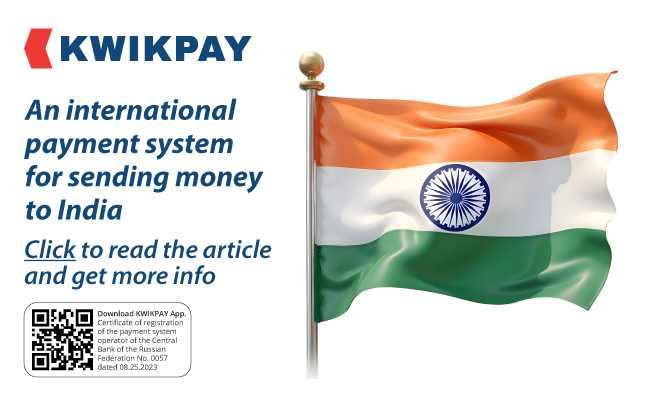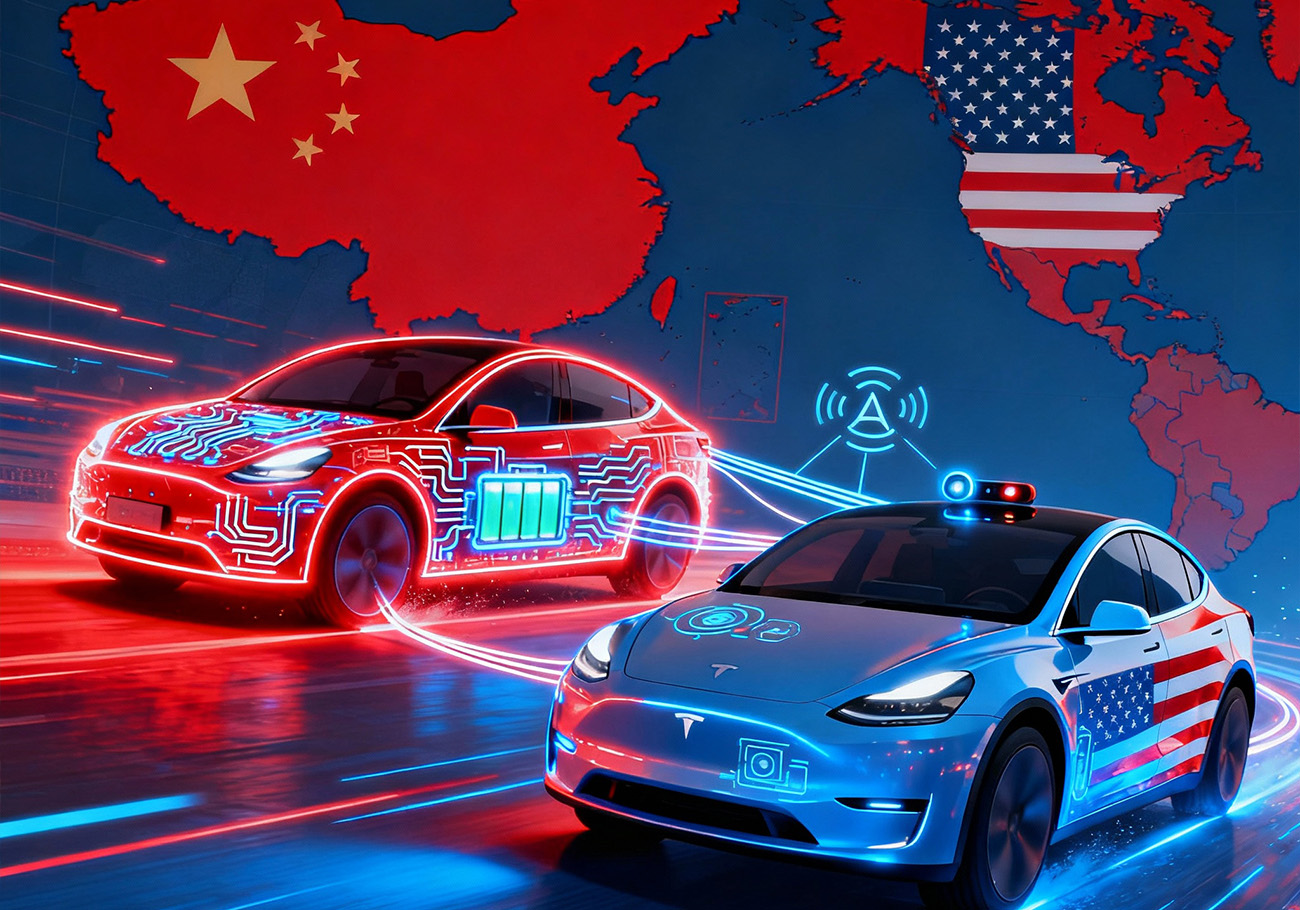






China’s tremendous progress in electric vehicle production over the past 15 years is based on a deliberate industrial policy, including subsidies and other benefits for manufacturers, a strict mercantilist stance in foreign markets, and, to put it mildly, a flexible attitude toward intellectual property rights.
Western think tanks are now flooded with studies of state support for China’s industry. Some estimates suggest that China’s government outspends all other developed nations by two to three times in relative terms on industrial policy. China spends about 2.5% of GDP for these purposes, while the rest of the developed world stays within 1%. However, subsidies allocated by China to the electric vehicle sector may exceed those directed at any other industry. Researchers at the Center for Strategic and International Studies (CSIS) calculated that from 2009 to 2023, China directed $230.9 billion in subsidies and other forms of support to its domestic EV sector.
Moreover, subsidies to China’s electric vehicle industry have only grown in recent years: $30.1 billion in 2021, $45.8 billion in 2022, and $45.3 billion in 2023, totaling $120.9 billion. By comparison, the preceding three-year period saw $49 billion in subsidies, and $60.7 billion over eight years from 2009 to 2017. In addition, EV battery production was subsidized separately, and between 2018 and 2023 the Chinese government allocated a total of $1.8 billion to CATL (Contemporary Amperex Technology Co. Limited).
Such “feeding” clearly benefited CATL, because this company, founded recently in 2011, has become not only China’s leading maker of lithium-ion batteries and energy storage systems, but also the world leader in EV batteries, supplying major automakers such as Tesla, Volkswagen, and BMW. CATL also develops and produces battery technologies for other applications, including energy storage systems for renewables.
China’s EV production leader BYD received subsidies totaling $2.1 billion in 2022 alone, equivalent to 3.5% of the company’s revenue that year. From 2020 to 2022, BYD outpaced all other recipients in China’s EV subsidy program nearly fourfold.
Importantly, unlike in Western countries — where consumption rather than production receives subsidies — in China, subsidies go only to Chinese manufacturers and only for vehicles made in China. This discriminatory measure against foreign EV makers effectively protects the domestic market from foreign competition. China’s state protectionism has thrived for years within the liberal WTO trade system, built on principles of “equal” market access and “fair” competition.
Chinese EV subsidies essentially mocked the principles of international competition, initially enabling Chinese companies to stay afloat in industries where they could not survive if forced to earn a market-rate profit. Moreover, subsidies often allowed products to be sold below cost, sustaining losses while benefiting from economies of scale. For example, Chinese carmaker Nio lost $835 million from April to June 2023, equal to $35,000 lost per car sold. And when Nio nearly ran out of cash in 2020, the local government immediately injected $1 billion for a 24% stake, while a state bank persuaded other lenders to invest another $1.6 billion.
BYD’s sales profitability in Q3 2023 was only $1,460 per car compared to $5,330 for Tesla. BYD aggressively underpriced its cars to expand market share. Moreover, if this aggressive below-cost sales strategy fails, there is no doubt the Chinese government would step in to rescue the automaker.
Beyond subsidies, Chinese industrial policy actively uses administrative measures to promote import substitution across the entire EV production chain. In March 2024, the government asked EV makers to sharply increase purchases from domestic automotive chip suppliers, part of a campaign to reduce reliance on Western imports and boost China’s local semiconductor industry. The Ministry of Industry and Information Technology explicitly instructed Chinese automakers to avoid using foreign semiconductors when possible. Previously, the ministry had set an informal target for carmakers to source one-fifth of all microchips domestically by 2025. The well-known “Made in China 2025” strategy, adopted in 2015, envisaged that by 2020 more than 70% of the over one million EVs and plug-in hybrids in China should be made by local brands. The 2025 target was 80% market share, or about three million cars by previous estimates.
The second way of rapidly “nurturing” the Chinese EV “dragon” was heavy “vitaminization” through the use of foreign technologies, patents, and know-how, acquired in “flexible” ways that did not involve equivalent payment for intellectual property rights (IPR). While cynics may say this method is used by anyone who can get away with it, it must be noted that Chinese industrial policy has mastered it brilliantly.
Indeed, today Chinese EV makers have undoubtedly become world leaders, but much of their current success rests on forcibly transferred Western technologies. For example, when General Motors (GM) tried to sell its first Volt EV in China, the Chinese government refused to grant Volt subsidies of up to $19,300 per car unless GM agreed to transfer engineering secrets of one of Volt’s three key technologies to a joint venture in China with a local automaker. Similarly, when Ford sought to open a manufacturing facility in China, the government demanded that Ford set up an R&D lab employing at least 150 Chinese engineers.
The “flexible” attitude of China’s growing automotive “dragonlings” toward IPR — sometimes amounting to outright theft — has been felt by U.S. companies for years. In September 2023, Tesla sued Chinese chip developer and auto parts maker Bingling for intellectual property infringement and theft of trade secrets related to integrated circuits used in Tesla cars. In June 2024, Klaus Pflugbell (a citizen of Canada and Germany residing in China) pleaded guilty to conspiring to sell EV battery trade secrets belonging to a leading U.S. EV company to Chinese firms.
Thus, China’s ultra-successful industrial strategy rests on three pillars: unprecedented subsidization of targeted industries (in this case, EV production); administrative compulsion of companies to meet industrial development benchmarks (here, import substitution in the technology chain); and forced transfer of technology from foreign firms along with intellectual property theft.
Yes, it is a horror from the perspective of neoliberals devoted to the dogmas of free competition. Oh dear, how unfairly China acts, abusing supposedly universal rules of globalism. But let’s not be hypocritical — these universal industrial policy tools are long known, and all Western nations at certain points in their historical development made use of them. Didn’t American industrialists engage in massive theft of European technologies in the 19th century? In fact, industrial espionage has always existed everywhere. And was the success of Europe’s Airbus built on managers’ intensive study of the undying works of neo-liberal apostle F. Hayek, or on heavy subsidization of pooled industrial aerospace capacities? And let’s not even recall “Japan Inc.” and South Korea’s chaebols as examples of administrative-command systems. All such “deviations” from “fair” competition in an “open” economy have always existed. China has simply used the industrial policy toolkit more skillfully than other nations.
Now the question is different! What can America do to at least prevent China from pulling ahead into a systemic technological lead — to slow its technological development and speed up its own? More on this in the next article.